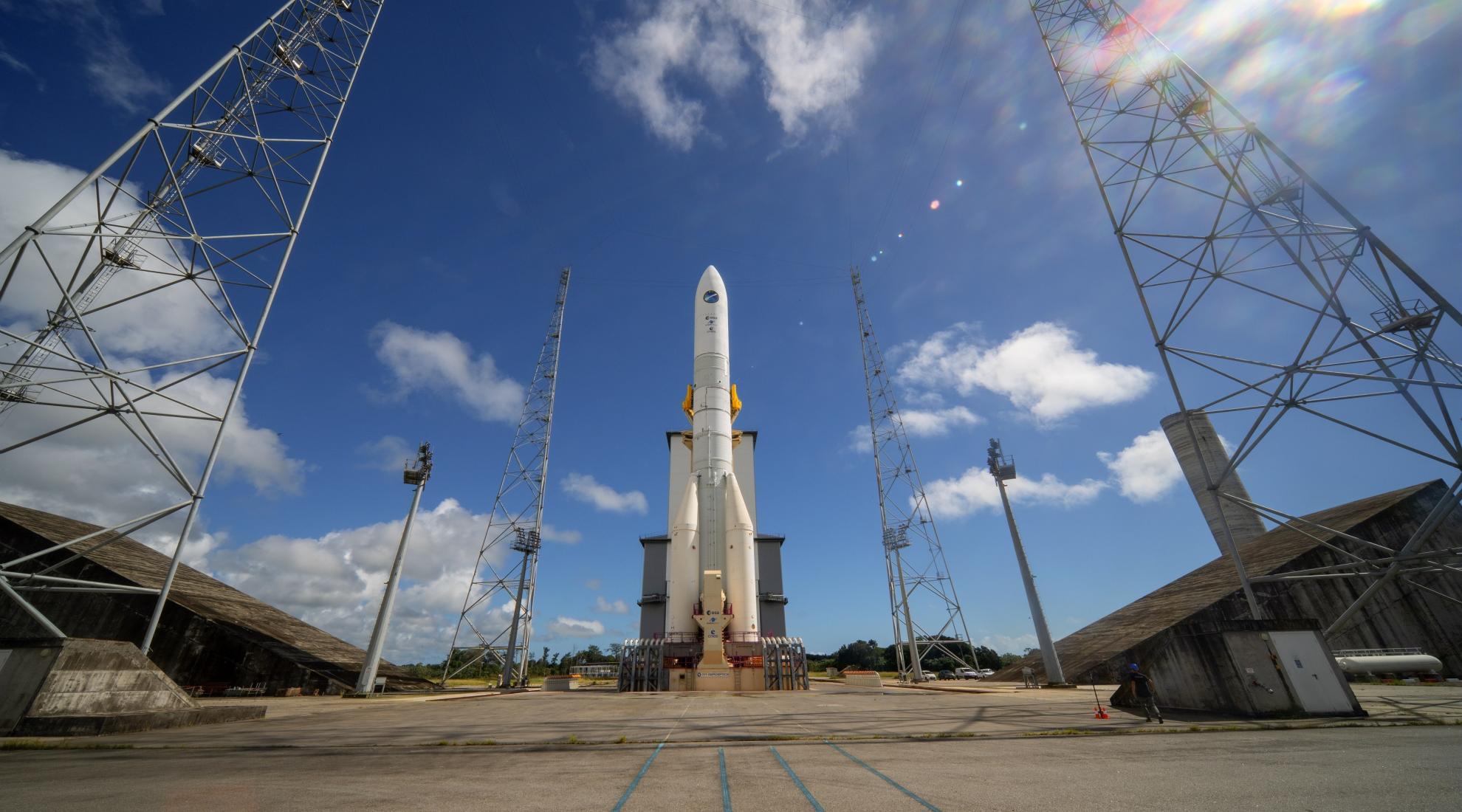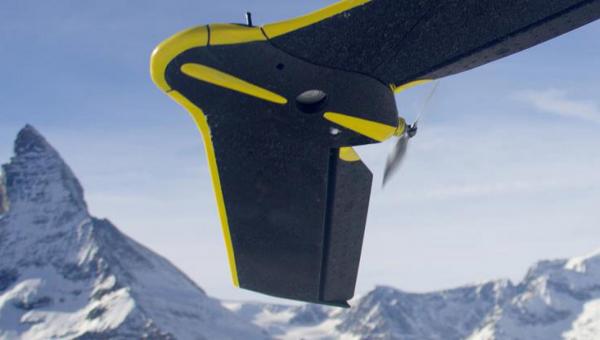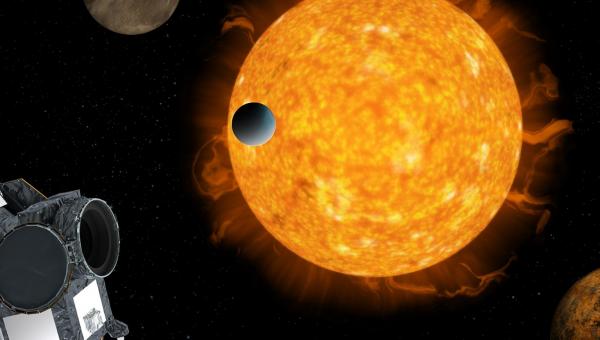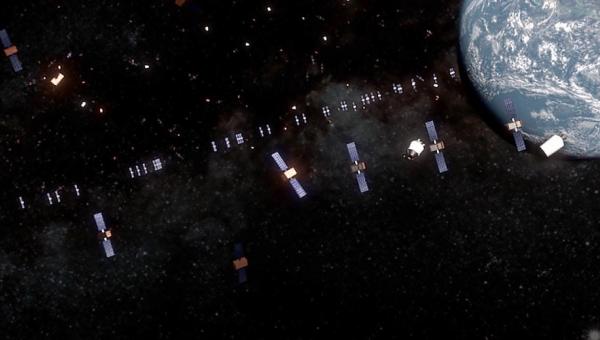Swiss support for a new era in European aerospace

The Ariane 6 launcher was tested for the first time on 9 July. Swiss technology played a key role in its 10-year development.
The 56-metre-high, 540-tonne Ariane 6 rocket completed its maiden flight on 9 July - and is flying thanks to Switzerland. Following the retirement of the previous version in 2023, Europe has once again restored access to space with a new heavy-lift rocket. As part of a group of 13 countries, Switzerland is involved in the Ariane programme not only financially but also technologically.
The spearhead of the European space industry
One of the most important elements, the tip of the rocket, comes from the Swiss state-owned company Beyond-Gravity. It makes the payload fairing, which protects the satellites that the rocket will carry into space. The fairing is either 14 or 20 metres long, depending on the satellites being transported. Three minutes and 39 seconds after launch, the fairing separates from the rocket and releases the satellites. The Swiss company has developed Ariane's nose cones since 1979 - a tradition that continues to this day.
Versatility and increased capacity
Compared to its predecessor, Ariane 5, the new version is much more flexible. The new upper stage engine can be restarted up to five times, allowing Ariane 6 to reach a range of orbits in a single mission. This is made possible by the increased capacity and modern donor structures. The maiden flight carried several satellites, payloads and experiments from space agencies, companies, research institutes, universities and young professionals.
Development of Ariane 6 began in late 2014, and its debut was originally scheduled for 2020. However, technical problems and external issues such as the COVID-19 pandemic pushed the schedule back.
Withstanding enormous forces
APCO Technologies, a company based in the canton of Vaud, manufactured some of the fasteners for the boosters and the booster caps. During the launch of Ariane 6, these fasteners had to withstand a thrust of 270 tonnes. At Kourou, the Ariane 6 launch site in French Guiana, APCO has had a 35-strong team dedicated to preparing satellites for launch customers for the past 30 years.
From quantum technology to 3D materials
Traditionally, an electro-pyrotechnical ignition system is used during the various flight phases.For Ariane 6, an opto-pyrotechnic method has been chosen for the first time. Instead of electrical cables, fibre-optic cables are used to transmit the signal to the various igniters. These lines are monitored in near real time by ID Quantique, a world leader in quantum cybersecurity based in Geneva.
Once again, Swiss company Oerlikon is also involved in the new launcher. The company used its additive manufacturing parts to produce 3D printed heat exchanger sets for the new Ariane 6 rocket.
Swiss contribution to a sustainable mission
According to the State Secretariat for Education, Research and Innovation, Switzerland will pay 2.4 per cent of the four billion euro cost of the Ariane 6 rocket. This corresponds to a financial contribution of almost 100 million euros. Even before the maiden flight, national space agencies and private companies have already booked 30 missions.




